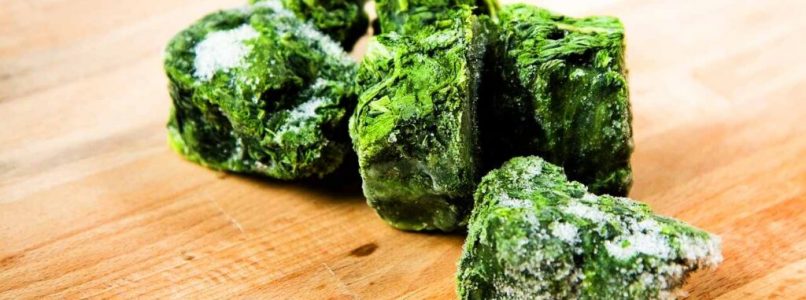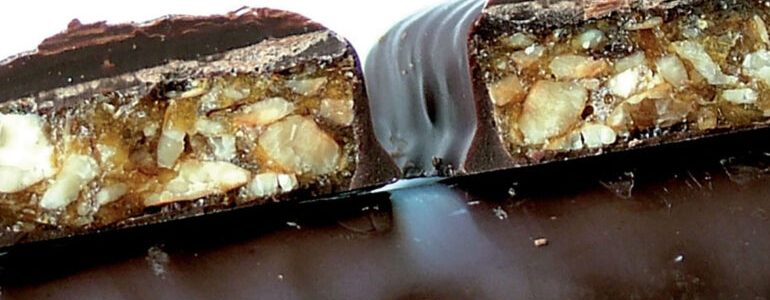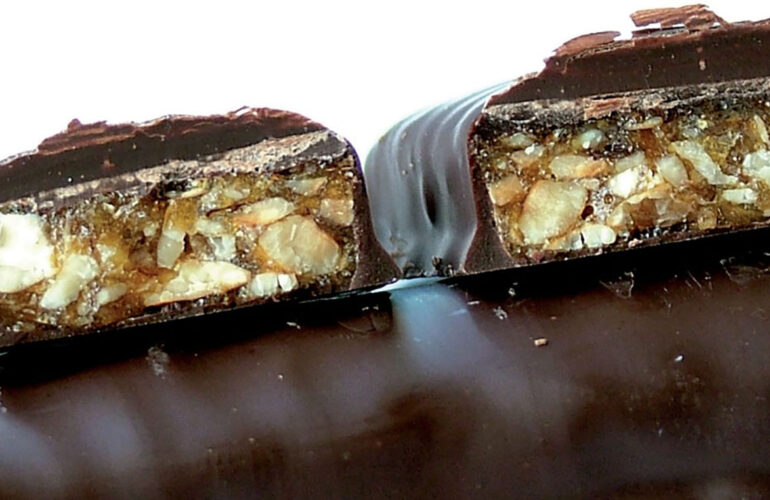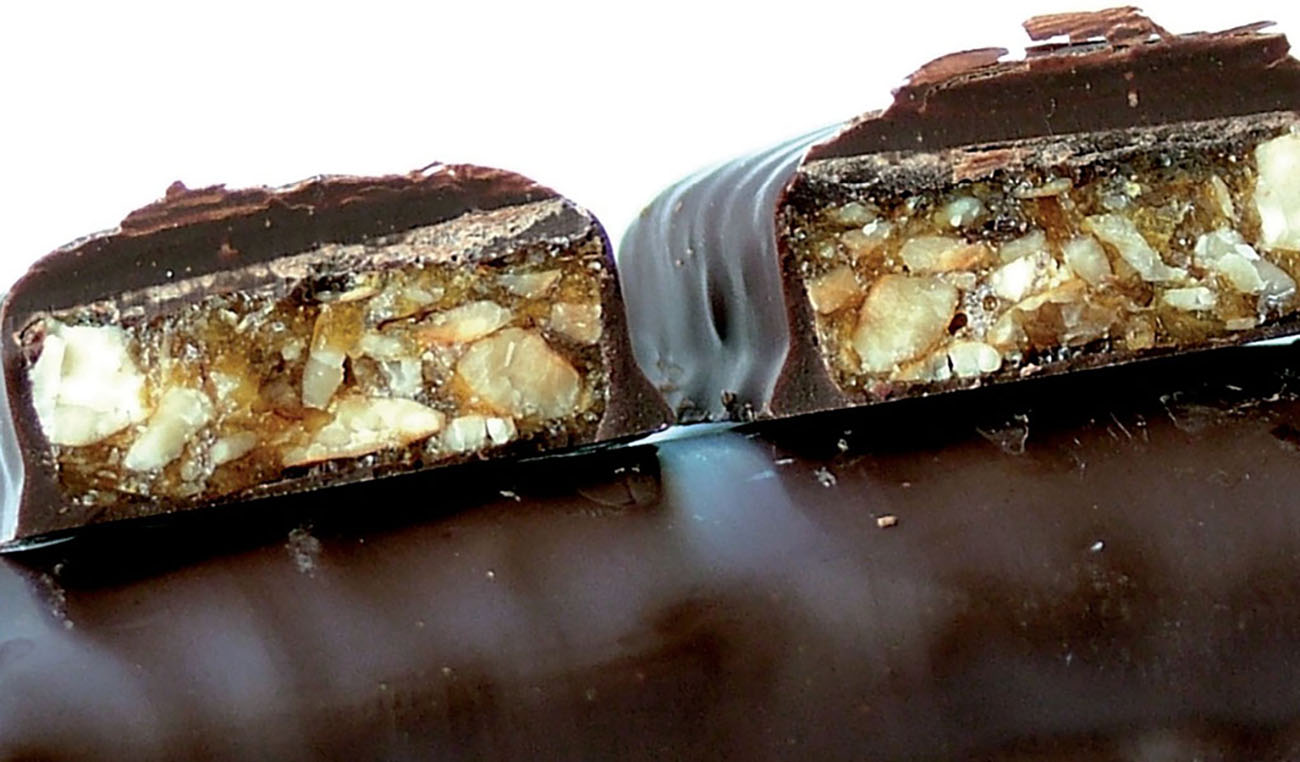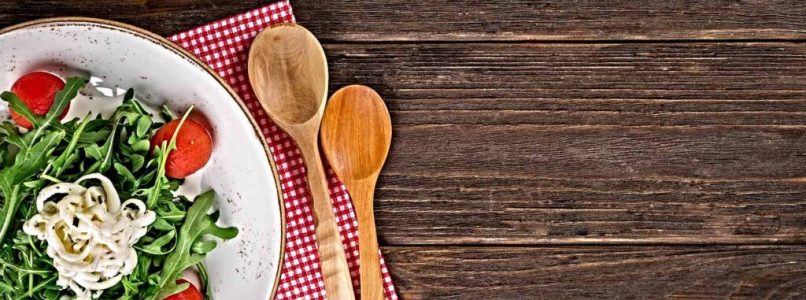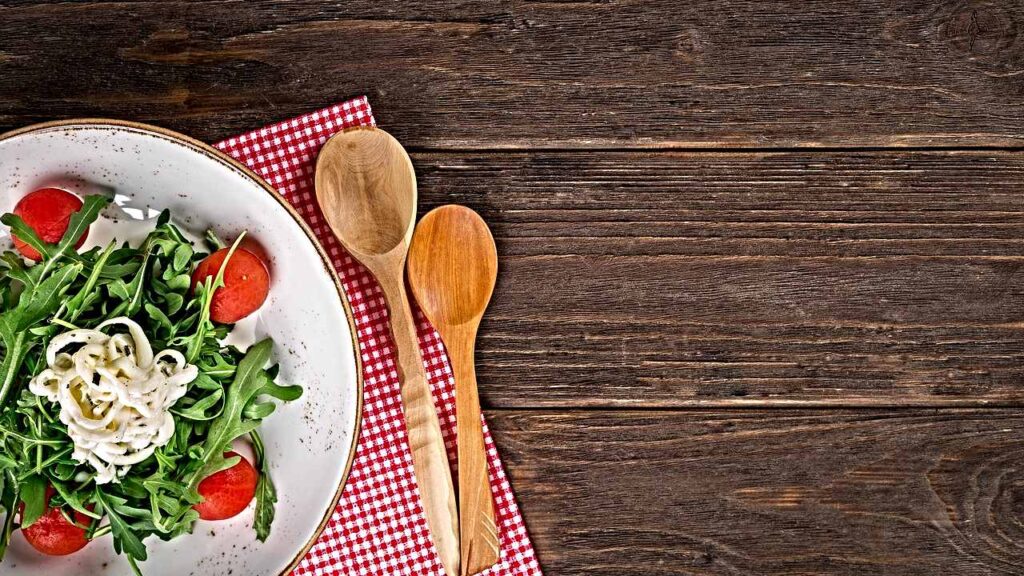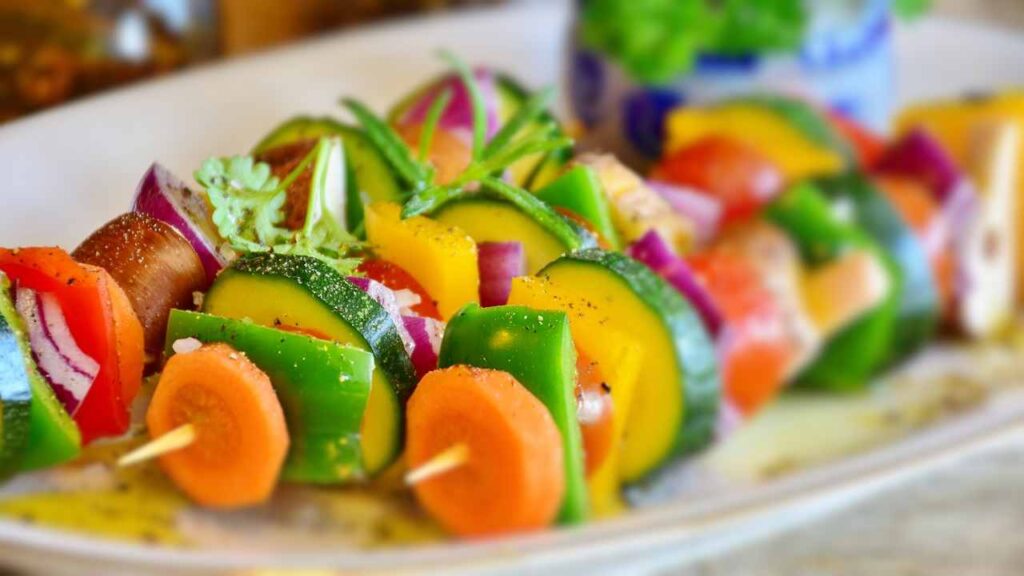Freezing is a widespread practice to preserve the freshness of foods but, when it comes to some foods, errors are just around the corner. What food should not be frozen “lightly”?
Let’s face it: we’re all tempted to freeze food to keep it fresh and extend its shelf life. Being able to use frozen foods allows you not to give up your favorite dishes even when the ingredients are not seasonal.
However, there is a fine line between properly storing food in the freezer or freezer and make a mistake which could compromise its quality and safety.
What are the advantages of freezing?
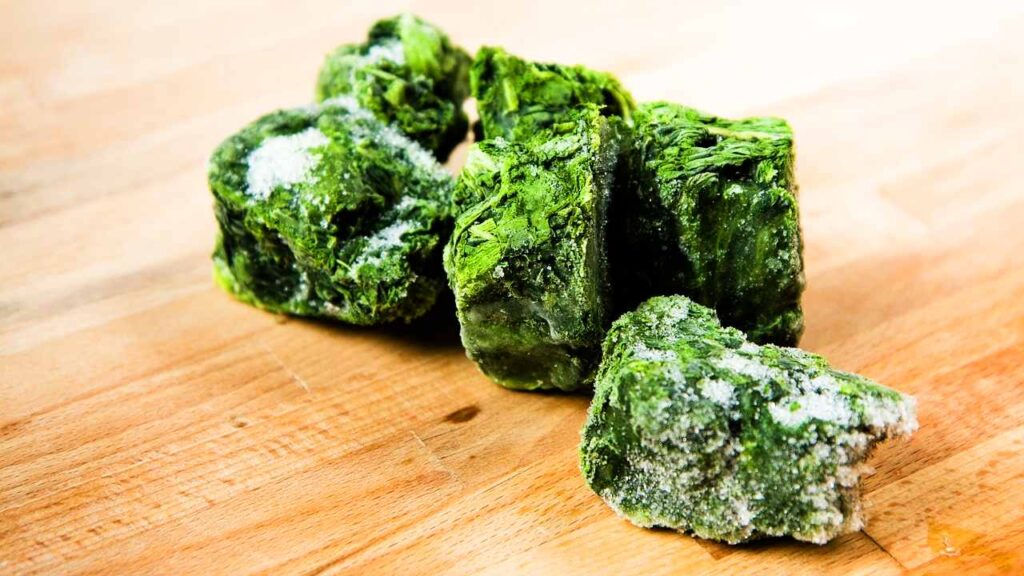
Before finding out what the food not to be frozen it’s good to take a step back and refresh your memory about the several advantages who made the freezing such a widespread and continuous practice.
- Prolongs shelf life – As already mentioned, freezing is an effective method for preserving the freshness of foods, extending their shelf life. This process slows the growth of bacteria, yeasts and molds that contribute to food spoilage, allowing them to be stored for longer without losing nutritional value.
- Preserve quality – Freezing foods in the right conditions maintains flavor, texture and nutritional values. Rapid freezing at low temperatures helps preserve cell structure, minimizing damage caused by the formation of ice crystals.
- Reduces food waste – Freezing allows you to preserve fresh foods and homemade preparations for extended periods. This helps reduce food waste by allowing you to store and use larger portions of food without the fear of it spoiling before it is consumed.
- Allow for greater convenience – Freezing already prepared dishes or ingredients makes the meal preparation process more practical and faster. You can prepare in advance and store meals ready to defrost and reheat when needed, saving time and effort in the kitchen.
- Maintain availability of out-of-season foods – Freezing allows you to enjoy out-of-season foods all year round. You can preserve fruits and vegetables during periods of overproduction and consume them when they are not readily available.
However, if you want to have safe food handling, it is necessary do not refreeze previously thawed food as this can pose health risks due to bacterial proliferation.
When you decide to defrost food, you create an ideal environment for bacterial growth as the higher temperatures allow the bacteria to recover and multiply. Refreezing foods that have already been thawed could mean trapping active bacteria in the food, as subsequent freezing does not completely eliminate these microorganisms.
What food should not be frozen “lightly”?
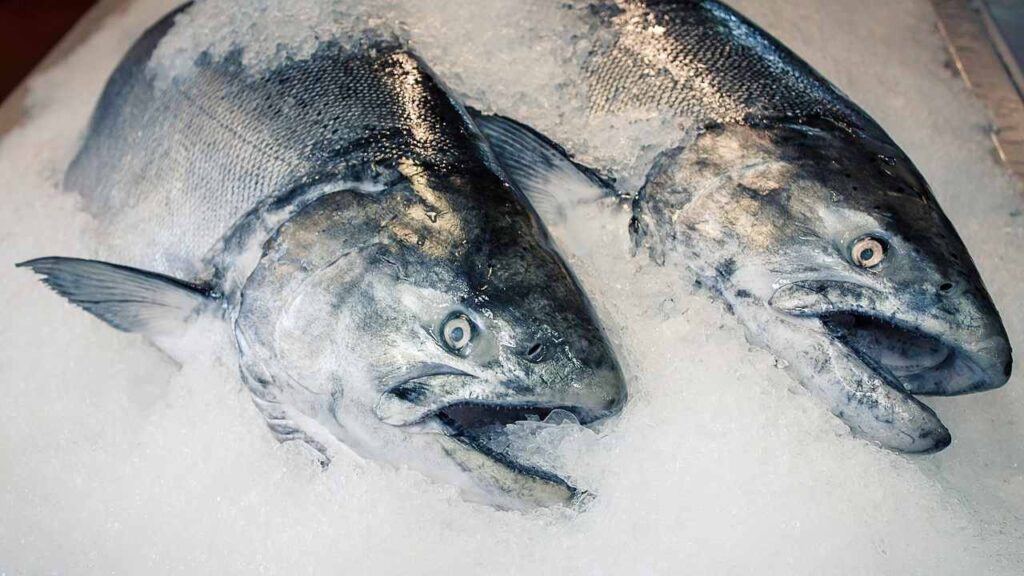
Freezing is and remains one of the most used preservation techniques at domestic (and non-domestic) level, but there is one food in particular that should absolutely be avoided.
The food not to be frozen “lightly” it’s never the fish. Let’s clarify, it’s not that it can’t be frozen, but doing it inappropriately risks drastically compromising its consistency and taste. Furthermore, if not frozen properly, fish suffers serious damage to food safety.
Fish is a delicate food, rich in proteins and essential oils. Freezing fish improperly can cause some significant problems:
- Protein damage: Low temperatures can cause ice crystals to form inside the fish’s cells. These crystals damage the proteins, compromising the structure and consistency of the fish once thawed.
- Taste alteration: Freezing can affect the flavor of the fish as the deterioration of the cells leads to a loss of moisture and therefore leads to an unpleasant taste and a less pleasant texture.
- Food safety: If fish is frozen at temperatures that are not low enough, it may not act on bacteria or parasites present. This could cause food safety issues when the fish is consumed after being thawed.
How to properly store fish?
Despite being a food not to be frozen “lightly”, fish is one of the ingredients that is often frozen. However, it is necessary to know how to correctly store food to maintain its freshness and preserve its organoleptic qualities:
- Rapid freezing – If you decide to freeze fish, it is essential to do so as quickly as possible. Use a freezer at very low temperatures (-18 degrees or less) to avoid cell damage and preserve freshness.
- Cleaning the fish – The fish should be cleaned before freezing, freeing it from internal viscera and scales to avoid the accumulation of bacteria and parasites.
- Adequate packaging – Place fish in an airtight container or freezer bags, removing air to prevent ice formation and minimize oxidation.
- Labeling and dating – Make sure you clearly label the type of fish and the freezing date. This helps you better manage the storage period and avoid keeping the fish frozen for too long. For example, lean fish can be kept for more than 6 months while fatty fish should not exceed 3 months.
Speaking of seafood, lovers of these products should freeze live clams (never dead) and cooked lobsters, crabs and shellfish (never raw).
Foods to be treated with caution when freezing
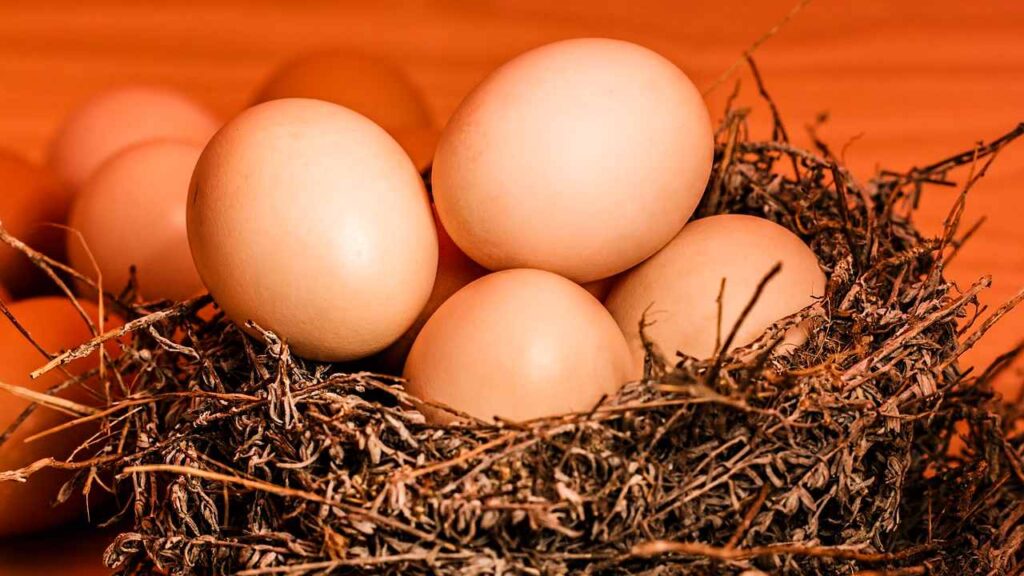
Fish is not the only food that should not be frozen “lightly” if it is not handled carefully before freezing. Exist many other foods that would be better eaten fresh:
- Vegetables with high water content – Vegetables such as cucumbers, tomatoes or lettuce can suffer irreparable damage during freezing due to the high percentage of water (which solidifies at low temperatures, breaks the structure of the food and disperses its properties). For this reason it is better to blanch them before freezing them.
- Egg – Eggs can be frozen, but avoid freezing them raw or in their shells. So yes to freezing hard-boiled, shell-free eggs.
- Egg-based dishes – Preparations containing eggs, such as omelettes, may have a rubbery consistency after freezing and thawing.
- Delicate sauces and creams – Dairy-based foods or sauces may separate or become grainy during the thawing process.
